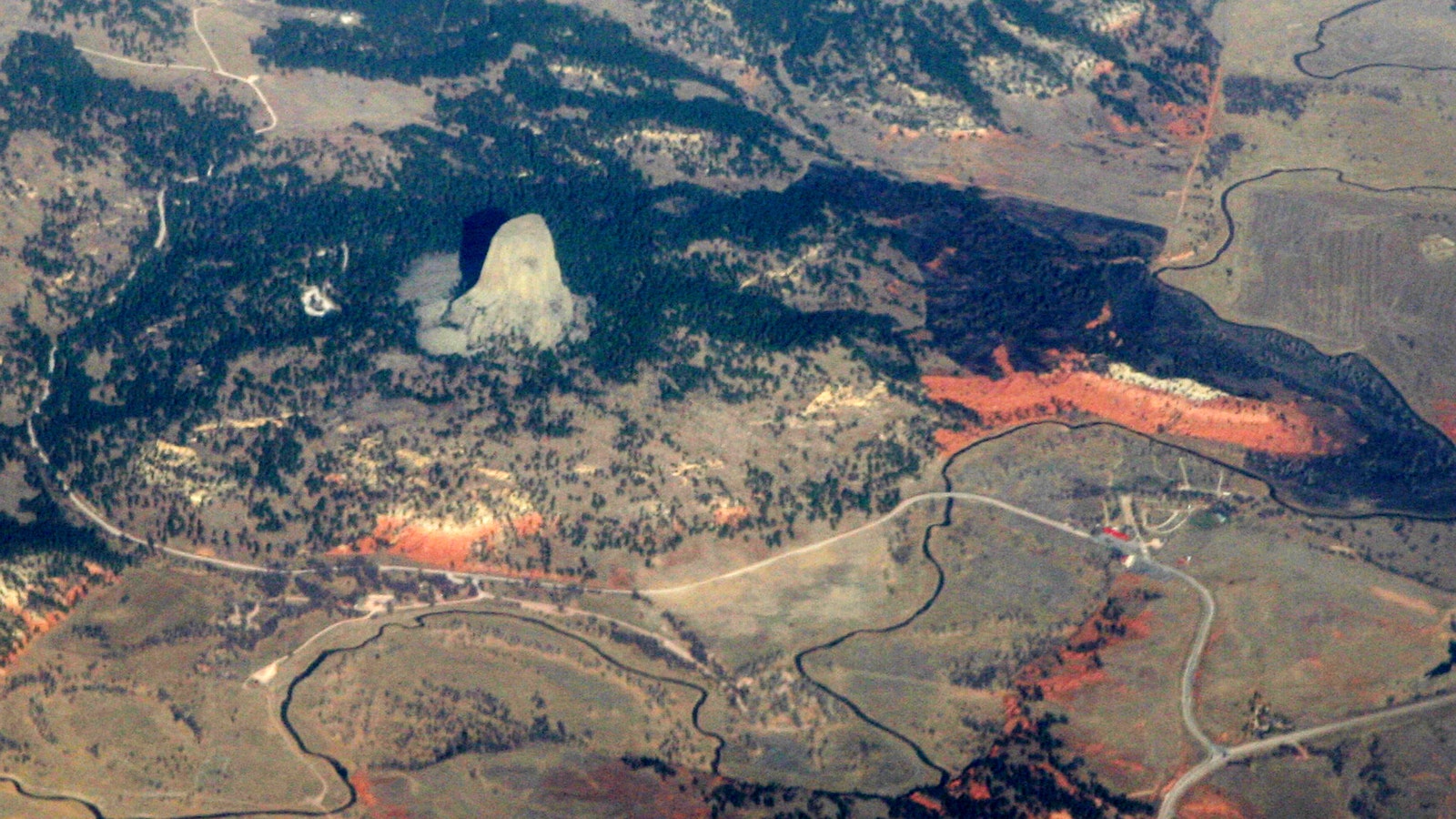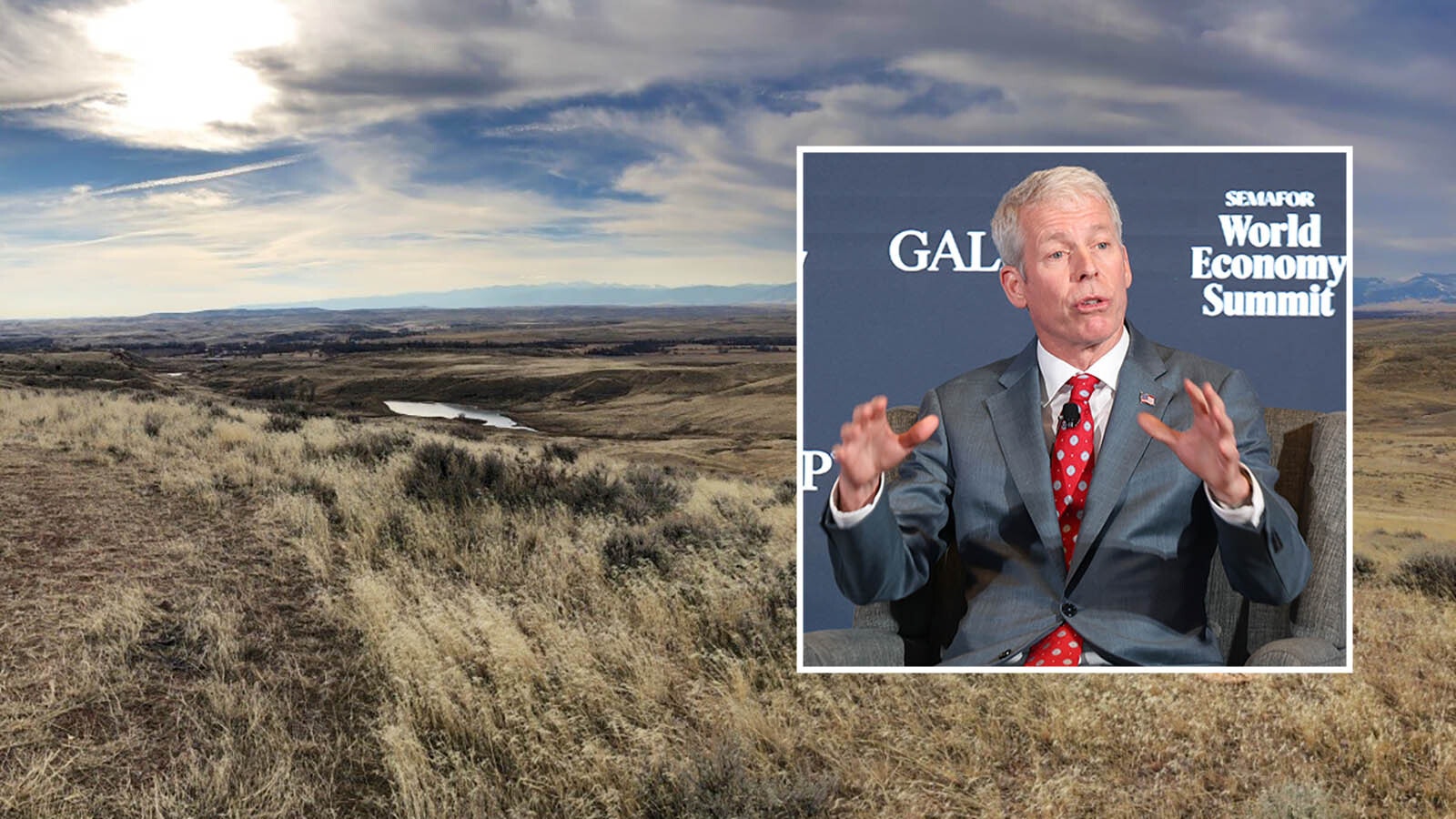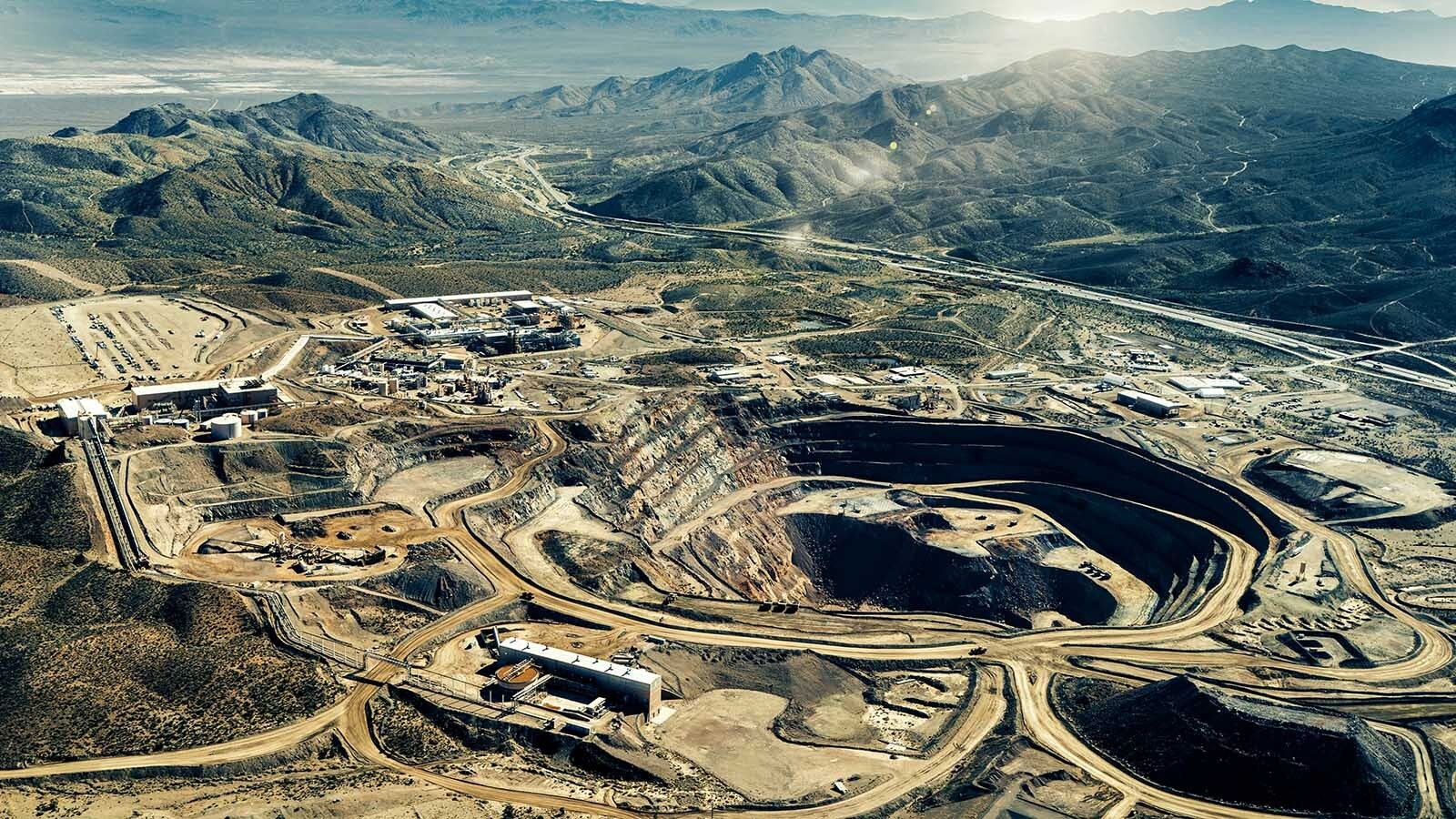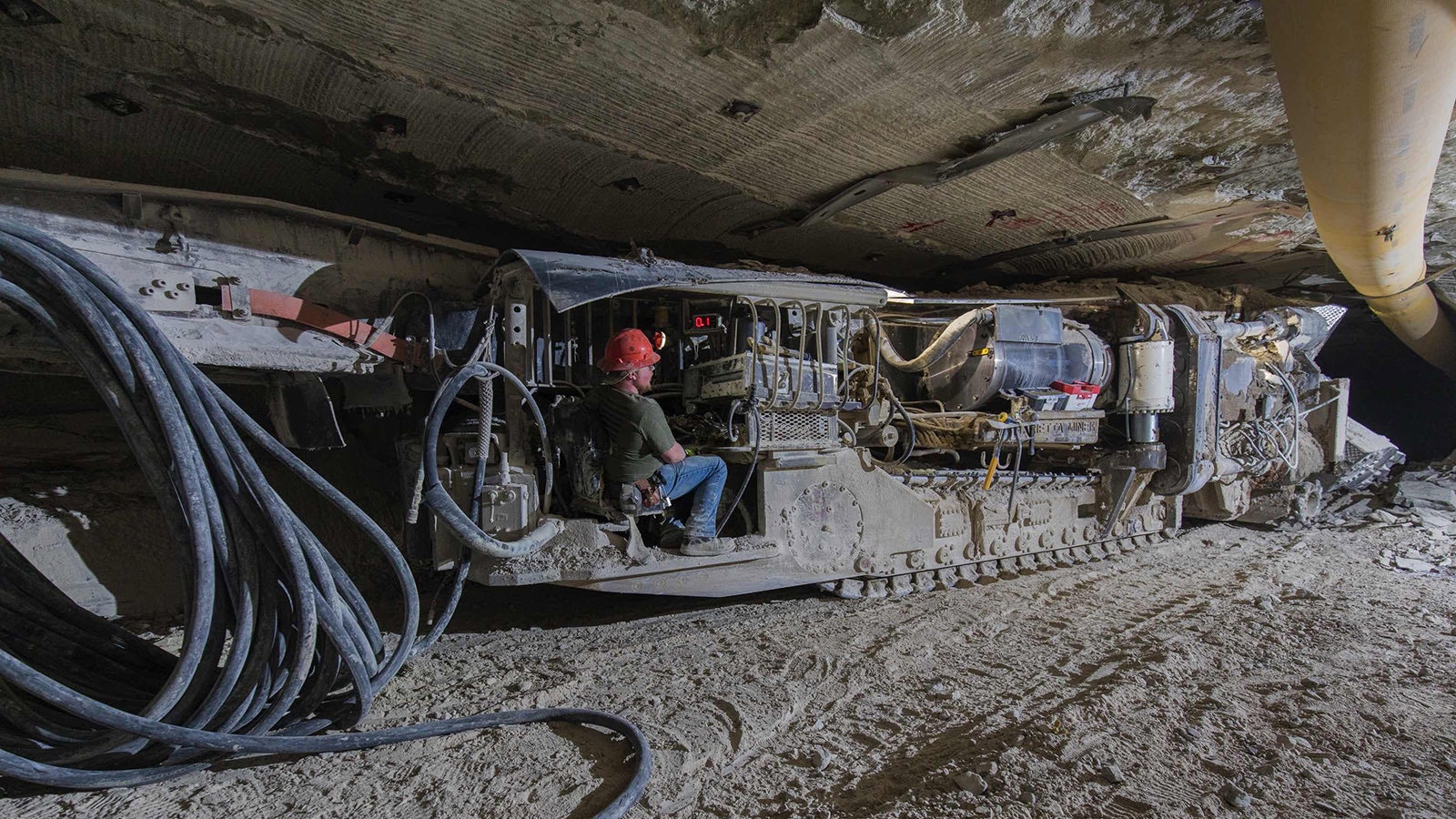By Kevin Killough, energy reporter
Kevin@CowboyStateDaily.Com
The CK Gold Project west of Cheyenne is unique as far as mining goes in Wyoming.
Because it’s all on state and private land – even the 17-mile transmission line won’t cross federal land — U.S. Gold Corp. is expecting to have it up and running within a few years. If it touched federal land, the permitting process would take several more years.
Just ‘Get ’Er Done’
For Walt Ferguson, whose ranch abuts the state land where the mine pit and tailings pile will be located, the process still seems too slow.
“The bureaucrats are everywhere,” Ferguson told Cowboy State Daily. “They could do this mine thing in several weeks. There isn’t any reason they can’t.”
The Ferguson family were among the original homesteaders to the area and are descendants of “get-’er-done” ranchers.
Jason Begger, government affairs and community relations with U.S. Gold Corp., said the family has been great to work with.
At the beginning of it all, U.S. Gold Corp. CEO George Bee sat down with the Fergusons at a kitchen table and sketched out agreements on what the Fergusons would allow on their ranch.
No bureaucrats, just people working together to get things done.

State Permitting
The company still will need to do permitting through the Wyoming Department of Environmental Quality.
Despite being the kind of “bureaucrats” that an old rancher like Ferguson would rather do without, Begger said the state has been great to work with.
Wyoming has standards it must uphold, but also the process as if the goal is to facilitate development, rather than find reasons to oppose it, he said.
Minimize Impacts
Begger also said the company is putting a lot of consideration into minimizing impacts to the area. For example, it’s examining the potential for busing employees to the mine site to cut down on traffic wear on Happy Jack Road. The two-lane highway has had its share of fatalities, so buses will be safer along with reducing wear and tear on the public road.
The state had the company do tests to make sure seismic activity from its blasting wouldn’t harm infrastructure or cause great disturbances for the neighboring residences. The modeling data shows the blasting will meet requirements, but the company performed its own blasting tests just to make sure shockwaves wouldn’t extend very far.
Standing next to a small pile of rocks at the mine site, Begger explained that when the test was done, it wasn’t too exciting.
“It was just a little pop,” he said of the explosion. “It wasn’t a big boom or anything.”
The tests showed the granite the company will blast through is so hard that the neighbors won’t even feel a bump when the blasts are done.
Ghosts of Hecla
Atop a hill on the northern edge of what will be the mine pit, Begger pointed to a wall that is the remnants of the town of Hecla. A century ago, the CK Gold site was a community of hundreds of people making up a copper mining community, and the wall was part of the mine’s mill operation at the time.
There’s other evidence of historic mining activities — little craters on the side of a hill and some rusted-out broilers. There’s also a pile of broken up granite rocks that are the remains of the state’s reclamation of the Copper King mine shaft.
The mine was developed in 1881, but now Hecla, its mill and the original miners are long gone.

New Technology
Begger picked up a piece of granite and showed the green oxidation on it that indicates there’s copper in the hard granite. A century ago, the technology to extract valuable minerals from granite didn’t exist. Miners then only knew from the green color their target ore was somewhere in those hard rocks.
The CK Gold Mine mill will crush and grind the copper- and gold-bearing rock. Then, using a process called froth floatation, will create a concentrate. That will be refined off site at refineries in Utah and elsewhere. There won’t be any cyanide, which is often used to leach gold from mined ore.
The tailings that will be left behind are just moist gravel, and the granite in the area is so hard that Begger nothing will leak into the groundwater.
Early in the operation, there will be some visual disturbances to the views at Curt Gowdy State Park. As the pit is dug out, little of the mine will be visible from the park. Permits also require plans for dust control on roads leading to the mine.
When the operation is done — and the company has a bond to back up its promise — the mine will be reclaimed and returned to look like ranchland again.

Jobs And Benefits
Begger said the company has invested $5 million into its permitting, outreach and planning process so far.
The mine will create about 300 permanent jobs and generate an estimated $75 million in tax revenue over its estimated 10- to 15-year lifespan. Construction of the mine will support 1,900 jobs over the entire building period.
There’s other economic benefits as well, the company says, such as the water it will buy from the Cheyenne Board of Public Utilities.
If all goes well, the company should begin mining by late 2025.





